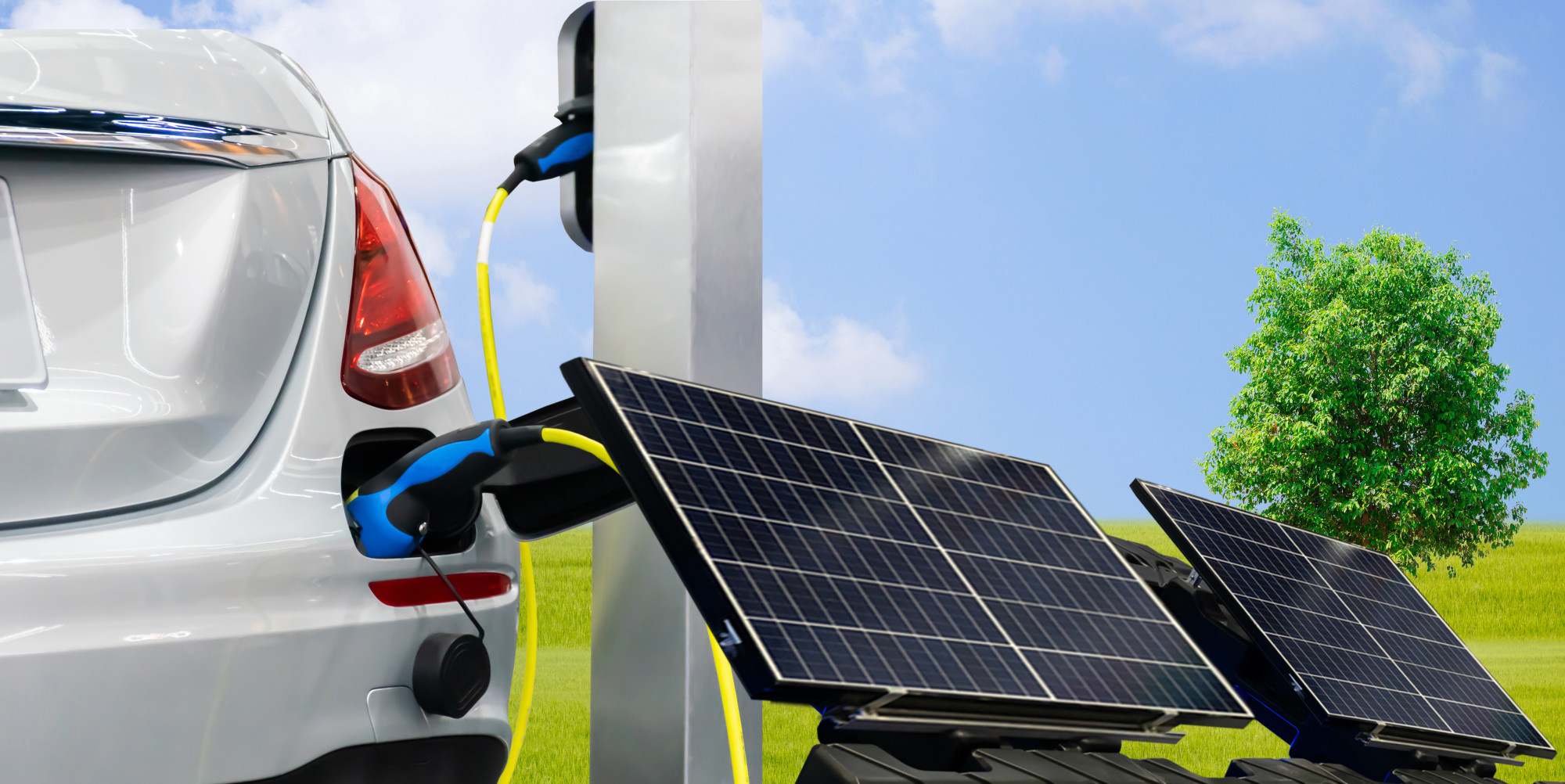How Do Solar Cars Work and What Will This Mean for the Future?
How would you like to drive for free, produce no pollution, and never have to stop to charge or refuel? Is it possible? How do solar cars work? Let’s find out.
How Do Solar Cars Work
Similar to solar powered homes, solar powered cars use solar panels to capture energy from the sun. Solar panels are made up of smaller units called solar, or photovoltaic, cells. These cells convert the sun’s energy to electricity to fuel a battery, which in turn runs the car’s motor.
Some solar cars skip the battery and power the motor directly.
Advantages of Solar Energy Cars
Solar power is a renewable energy. This means when we take energy from the sun, we’re not depleting from the available source. Because the sun will still be shining in millions of years to come, we essentially have unlimited, renewable energy.
This is very different from using energy from fossil fuels. Once we take oil or coal from the ground and use it to heat homes and fuel cars, not only does it pump out damaging waste, it’s gone forever.
Cars driven by a solar powered motor produce no pollution. They emit no harmful greenhouse gases into the earth’s atmosphere.
Further, there are no running costs to a solar power motor. Once the vehicle is built, it is essentially free to drive.
Other factors are that the cost of solar technology is declining, and once installed, solar panels have virtually no maintenance. This is the opposite of fossil fuel technology.
Disadvantages of Solar Powered Cars
The biggest hurdle to overcome is that converting solar energy to electricity is inefficient. Currently, only about twenty percent of the energy captured from the sun is turned into useful electricity.
This makes a solar powered car for commercial purposes highly impractical. Range and speed will be severely limited.
However, solar energy cars designed for competitive racing do exist. They tend to be single-passenger vehicles built flat and low to the ground.
They’re light, and have none of the accessories we expect in commercial road vehicles.
In order to maximize conversion of the sun’s energy, they are designed with the most efficient solar panels available, which are placed over the whole of the outside of the car. This makes these cars very expensive.
The Future of Solar Energy Cars
In one sense, the future of solar power cars is already here. If you’re charging your electric vehicle at home, and your electricity comes from the solar panels on your roof, your car is already solar powered.
Some well known car companies have been experimenting with solar. Hyundai recently put a solar panel roof on an electric Sonata. They say it will provide enough electricity to drive 2.2 miles per day.
Toyota is also testing high-efficiency solar panels, hoping to add an extra thirty five miles to the range of their electric vehicles. Previously, Toyota has used solar panels to help run other systems in the vehicle, such as the air conditioning.
None of this may sound like much, but it’s a starting point.
Until the efficiency of solar panels can be increased, or battery storage improved, any viable option for solar power vehicles will likely be a combination of power sources.
Early Stages of Solar Energy Cars
Cars powered only by solar energy are still in their infancy.
While solar powered vehicles have been built for racing purposes, the technology is not here yet to make them a commercially viable option. As costs come down, and the efficiency of solar panels improves, this will likely change.
In the meantime, expect to see solar panels used more frequently to power other aspects of the vehicle, such as lighting and air conditioning, as well as being used alongside other energy sources to boost the vehicle’s range.
When it comes to the question of how do solar cars work, the exact answer can vary.
If you want to learn more about vehicle technology and maintenance, we have lots of other articles available. Make yourself comfortable and take a look around.


